Chocolate, a beloved ingredient worldwide, can vary greatly based on its preparation. One of the most vital distinctions lies in whether it is tempered or untempered.
The process of tempering, crucial in professional chocolate-making, involves carefully cooling and reheating chocolate to control cocoa butter crystallization, resulting in the chocolate’s characteristic shine, snap, and texture.
Untempered chocolate, by contrast, lacks this structure, causing various issues such as a dull appearance, soft texture, and a grainy mouthfeel.
The Science Behind Tempering
Cocoa butter in chocolate can form multiple types of crystals, known as polymorphs. Proper tempering leads to forming beta crystals (form V), giving chocolate its trademark structure. The cocoa butter in chocolate must reach specific temperatures — depending on the type (dark, milk, or white chocolate) — to align the crystals properly. If this process is neglected, the resulting chocolate will not have the visual or textural qualities of most prizes.
Tempering is essential because crystallization in cocoa butter plays a significant role in both the melting behavior and the appearance of the final product. Proper tempering ensures the stable beta crystals form while avoiding improper crystal formation like fat bloom, where white spots appear on the chocolate.
|
Crystal Type |
Formed at < °C |
Properties |
|
Beta (Form V) |
31-33°C |
Glossy, firm snap, slow-melting texture |
|
Gamma (Form I) |
17°C |
Soft, crumbly, melts easily |
|
Alpha (Form II) |
21°C |
Soft, dull, melts quickly |
Cocoa Butter Crystal Structures in Chocolate
The difference between tempered vs non-tempered chocolate ultimately boils down to proper control of crystal formation.
How Tempering Works
Traditionally, chocolate is tempered using the seeding method, which involves adding pre-tempered chocolate to melted chocolate. This method helps ensure the melted chocolate follows the guides laid down by the stable beta crystals introduced by the seeds.
Another popular process is the tabling method, often used by professional chocolatiers. Here, the chocolate is poured onto a marble surface and manipulated — cooling rapidly but manually, encouraging crystal control and stability. Both methods illustrate why the science behind tempering requires both precision and patience. Incorrect temperatures at any stage may result in fat bloom or graininess.
For those working in commercial or large-scale manufacturing, many prefer to use tempering machines, which automate the process, producing consistent, professional results by optimizing cooling and reheating phases.
Texture and Appearance
Tempered chocolate exhibits a fine, smooth texture because of its organized crystal structure. It breaks cleanly, snapping sharply when broken thanks to its stable formation of beta crystals. This is crucial when making chocolate molds or bars, or when enrobing confectionery items.
By contrast, untempered chocolate lacks a clean break. It feels softer and often crumbly depending on how it was handled. Instead of the iconic rich gloss of properly tempered chocolate, non-tempered chocolate is typically dull and lusterless, resulting from improper crystal formation and the presence of unwanted forms (such as gamma or alpha crystals).
Visual and Aesthetic Differences
The visual difference between tempered vs untempered chocolate is immediately noticeable. Tempered chocolate reflects light, producing a characteristic gleam prized by professional chocolatiers.
This sheen signifies properly aligned beta crystals, crucial when producing high-quality, attractive products. Untempered chocolate — due to poor crystallization — instead leads to gray or white blooming marks (from either fat or sugar), making it less appealing to the eye.
An example of this can be seen when storing chocolate improperly. Consequently, even well-tempered chocolate can lose its stable form if exposed to frequent temperature fluctuations, resulting in unsightly blooming.
Melting Behavior and Storage
Tempered chocolate’s cocoa butter crystal structure ensures it melts evenly and cleanly, delivering a rich mouthfeel that enhances the chocolate experience. When you place tempered chocolate in your mouth, it dissolves effortlessly, releasing flavors uniformly as it melts slowly due to its stable crystals’ higher melting point.
In contrast, non-tempered chocolate melts inconsistently. The lack of controlled crystallization causes it to feel waxy or greasy as the fats separate from the cocoa solids. This leads to a messy, unappealing finish unsuitable for commercial confectionery. Storing chocolate at proper temperatures (around 18-20°C) is also necessary to prevent chocolate from blooming, even if tempered.
Taste and Sensory Differences
Tempered chocolate melts slowly and smoothly in the mouth, creating a rich, indulgent mouthfeel.
The flavors are released gradually, offering a nuanced taste experience. On the other hand, untempered chocolate often melts unevenly, giving off either an overly waxy texture or a greasy sensation as the fats in the cocoa butter fail to emulsify properly. This not only affects the tactile experience but also the release of the flavors within the chocolate, often making them seem muted or inconsistent.
The enhanced snap of tempered chocolate also adds to the sensory experience, providing not only a visual but an auditory indication of quality.
Applications in Cooking and Baking
For applications such as molding and coating, tempered chocolate is essential. Whether creating glossy chocolate bars or beautifully enrobed truffles, only tempered chocolate can provide the required finish and structure.
For example, in professional kitchens, tempered chocolate is used on molds, where appearance and texture are paramount. A solid, firm structure is necessary to keep the chocolate intact during and after molding.
In contrast, non-tempered chocolate is often better suited for baking applications or chocolate used inside items like ganache or brownies, where the finished presentation isn’t as important. It can still offer desirable taste qualities but falls short aesthetically when the surface texture or neatness is critical.
Below is a comparison table of both examples:
|
Application |
Tempered Chocolate |
Untempered Chocolate |
|
Chocolate Coating/Enrobing |
Shiny, firm coating suitable |
Soft texture, unattractive bloom |
|
Molds/Bars |
Holds shape, glossy finish |
Loses structure, dull appearance |
|
Baking (e.g., brownies) |
Overhead sweets (decorations) |
Fine for fillings, not surface |
Best Use Scenarios for Tempered vs Untempered Chocolate
Commercial vs. Home Use of Chocolate
Tempered chocolate is a vital component in professional kitchens. Chocolate makers need proper tempering to deliver the appearance and textural consistency customers expect. This practice helps manufacturers extend the product's shelf life and sell shiny, snap-worthy bars consumers prefer. By contrast, untempered chocolate seldom makes it to store shelves — its dull surface and short shelf life are incompatible with professional standards.
At home, bakers often struggle with tempering chocolate. Typically, the seeding method is the go-to tempering technique for home use because it doesn’t require equipment needed in commercial kitchens and can be done with a basic setup, like a microwave or double boiler. However, many home cooks may end up using non-tempered chocolate for recipes where quality is less of a concern.
Identifying Properly Tempered Chocolate
You can easily recognize properly tempered chocolate by performing a quick snap test. The chocolate should break cleanly with a strong “snap” sound, showing a neat break line. You may also notice the glossy sheen when you see tempered chocolate properly finished. Meanwhile, untempered chocolate lacks visual shine and will break unevenly or feel soft to the touch.
Common Issues With Untempered Chocolate
One of the most common challenges with untempered chocolate is fat bloom. This occurs when the chocolate has been improperly tempered or stored in suboptimal conditions, causing the cocoa butter to migrate to the surface, producing white, streaky spots. Another common disorder, sugar bloom, occurs when moisture has caused sugar crystals to form on the surface, leading to a gritty finish.
These issues aren't just aesthetic but affect both the texture and mouthfeel of the final product.
Conclusion
Tempered vs untempered chocolate distinctions affect everything — from their appearance, and texture, to their taste and applications in cooking and baking. For high-end chocolate production where presentation matters, learning how to temper well is essential.
Whether you’re a chocolatier or a home baker, understanding these differences will help ensure your chocolate behaves exactly how you need it to.

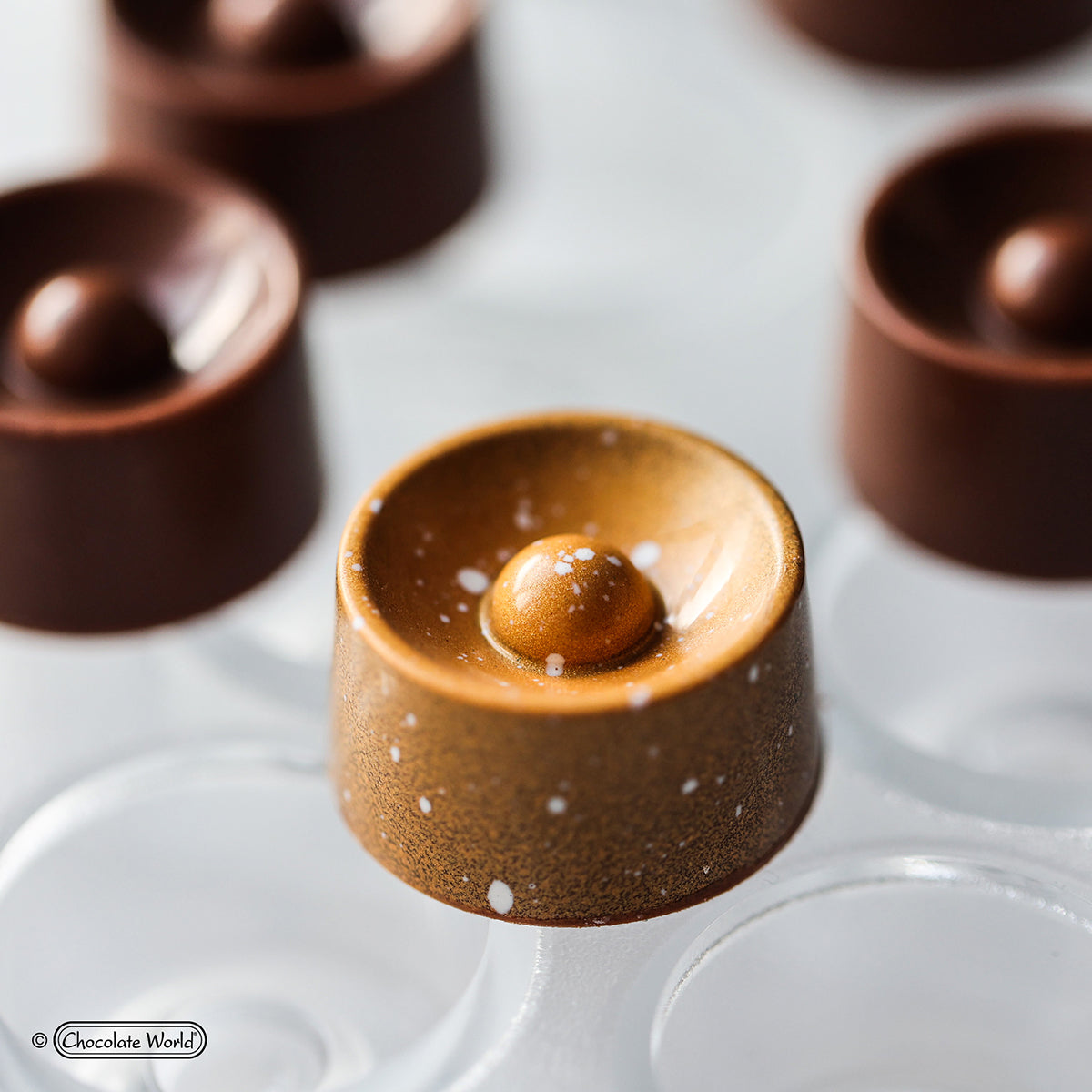
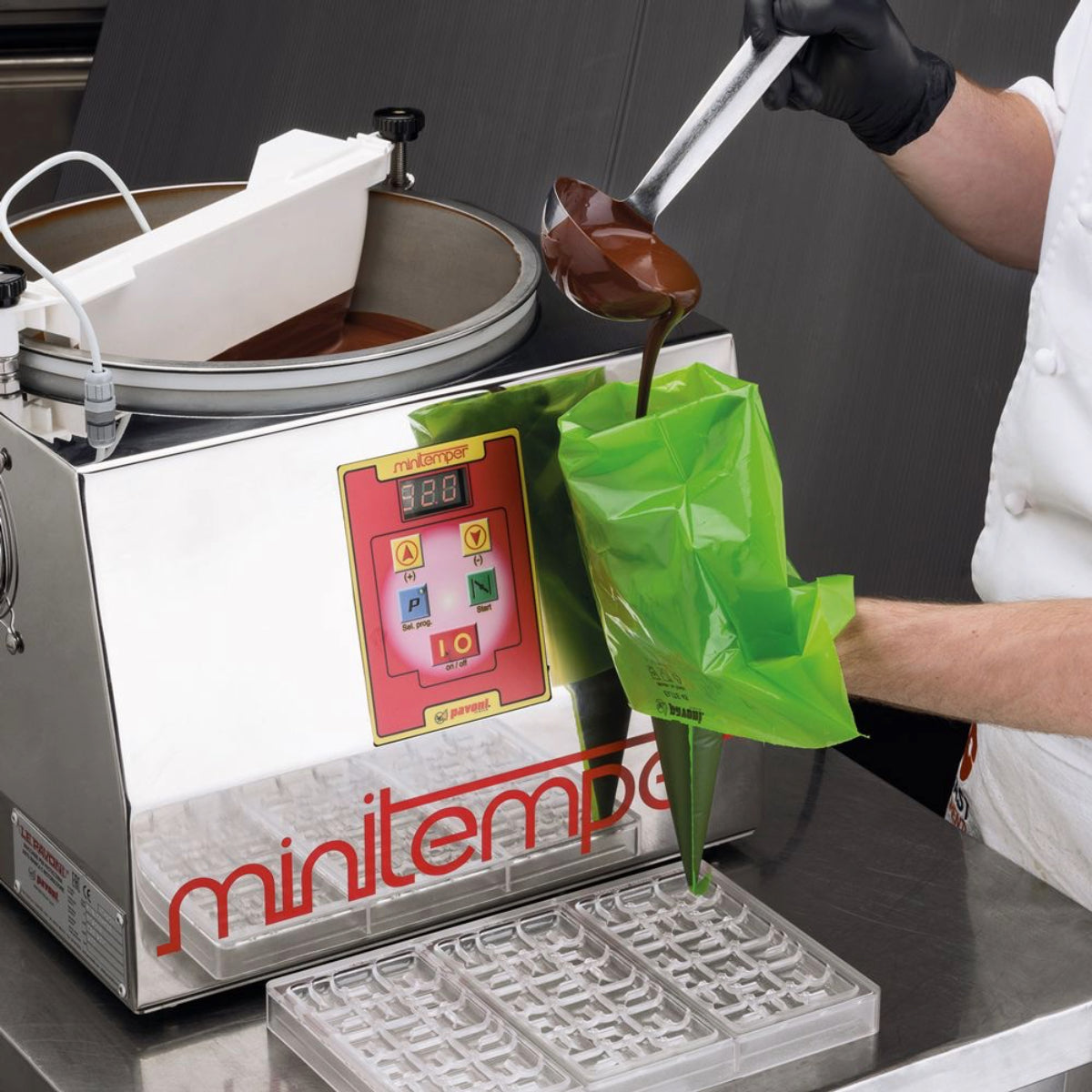
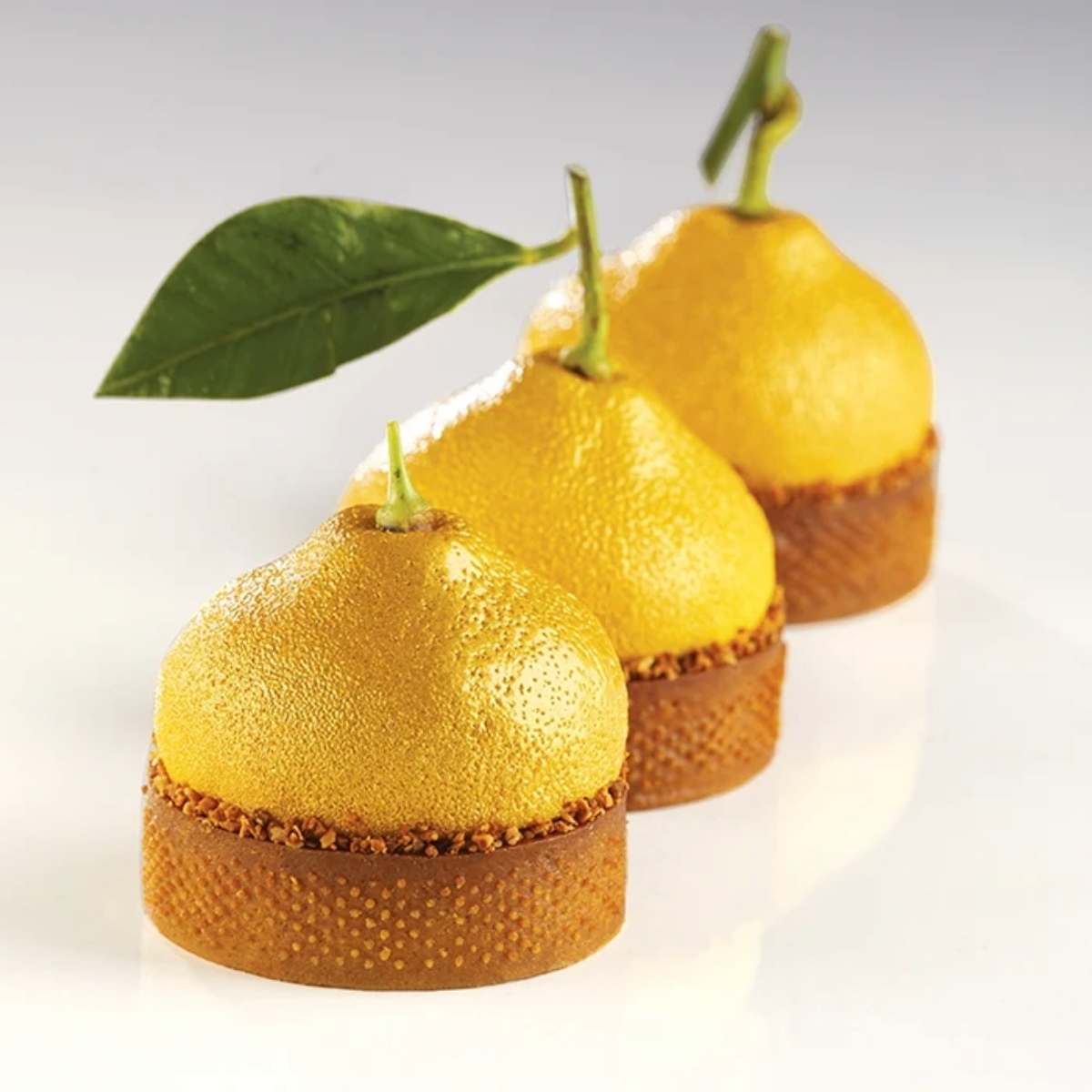
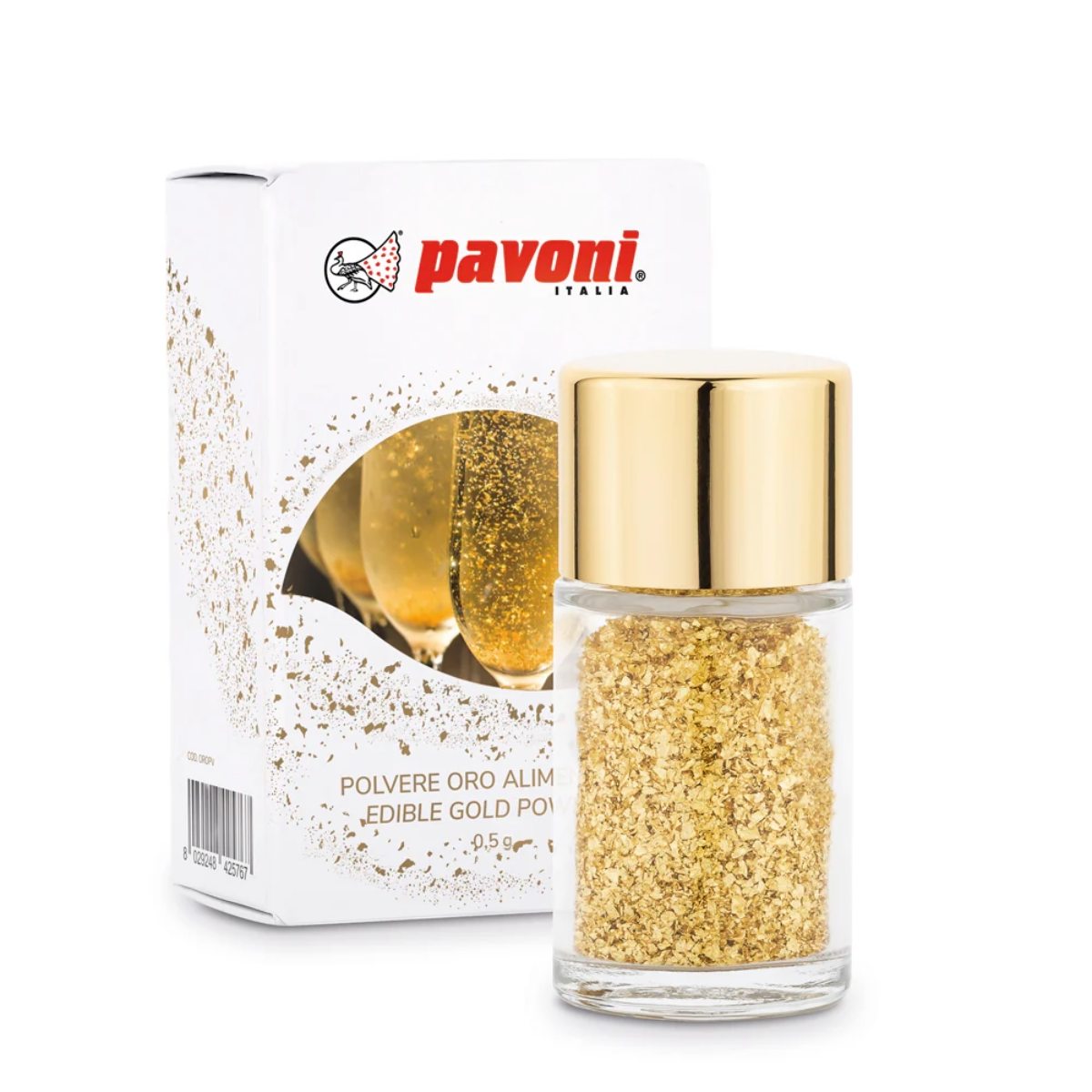
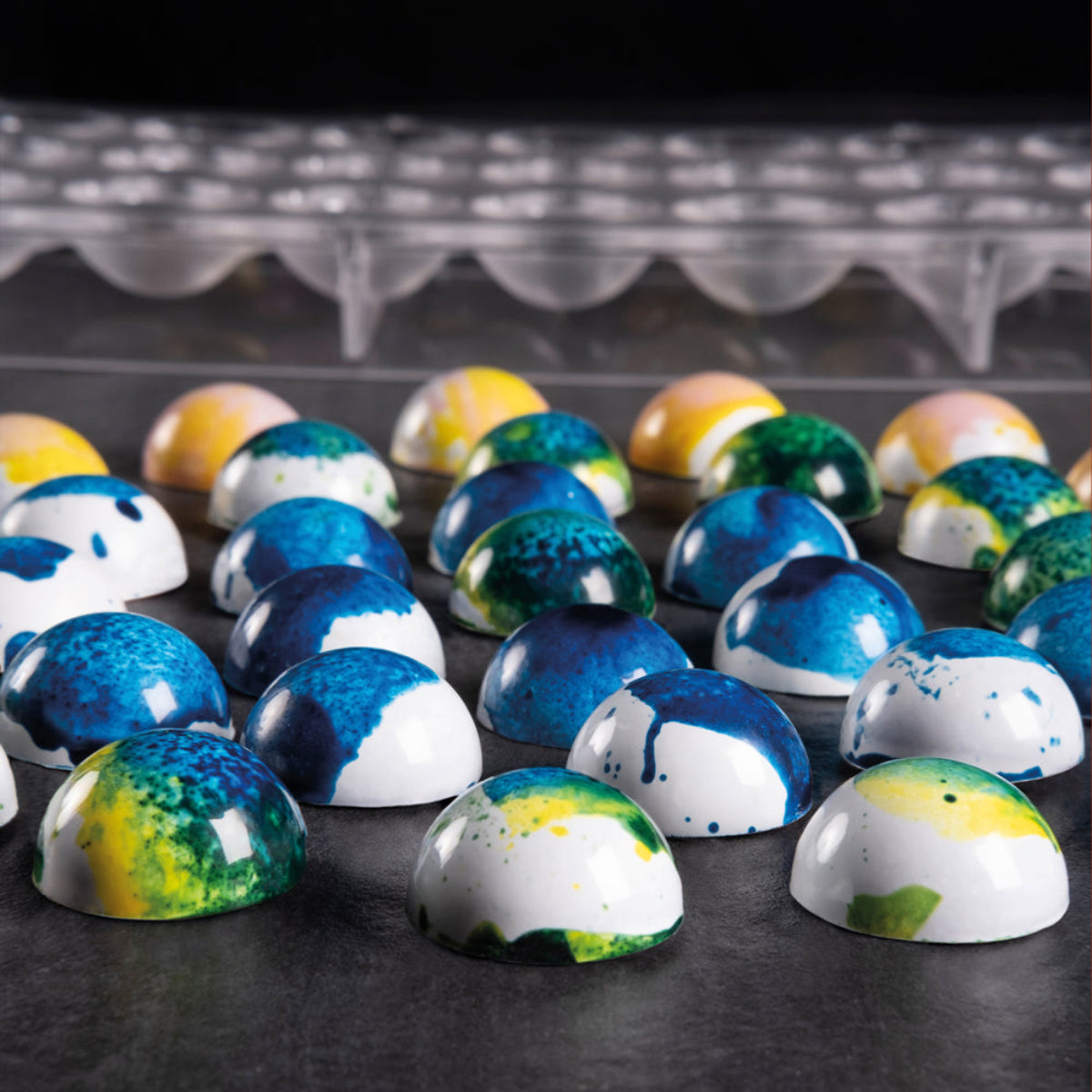



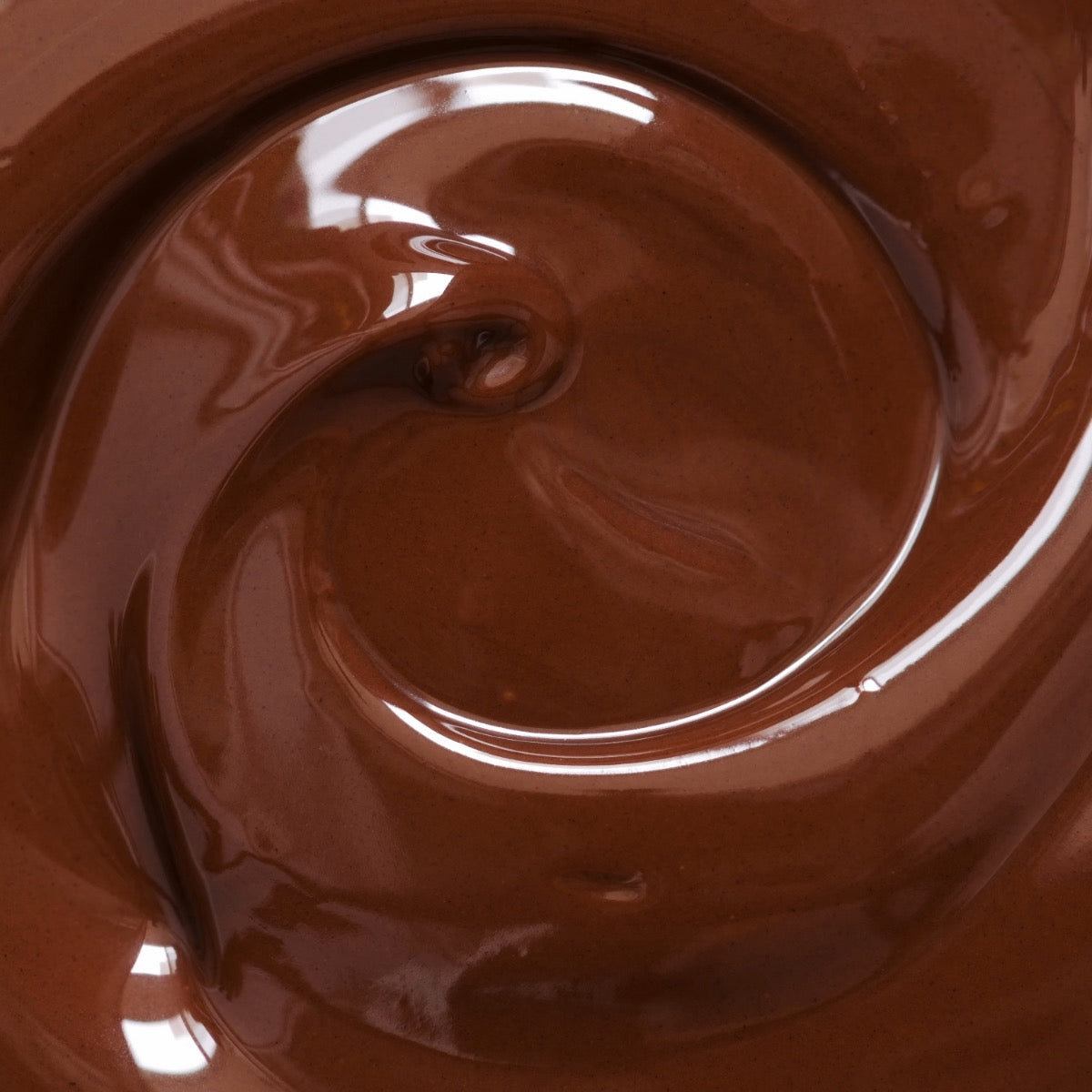
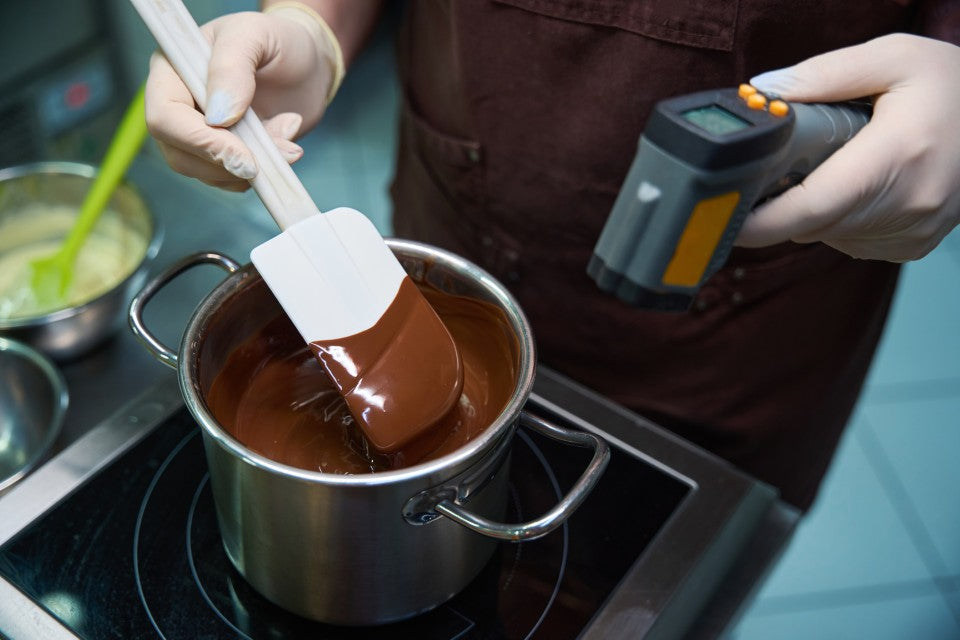
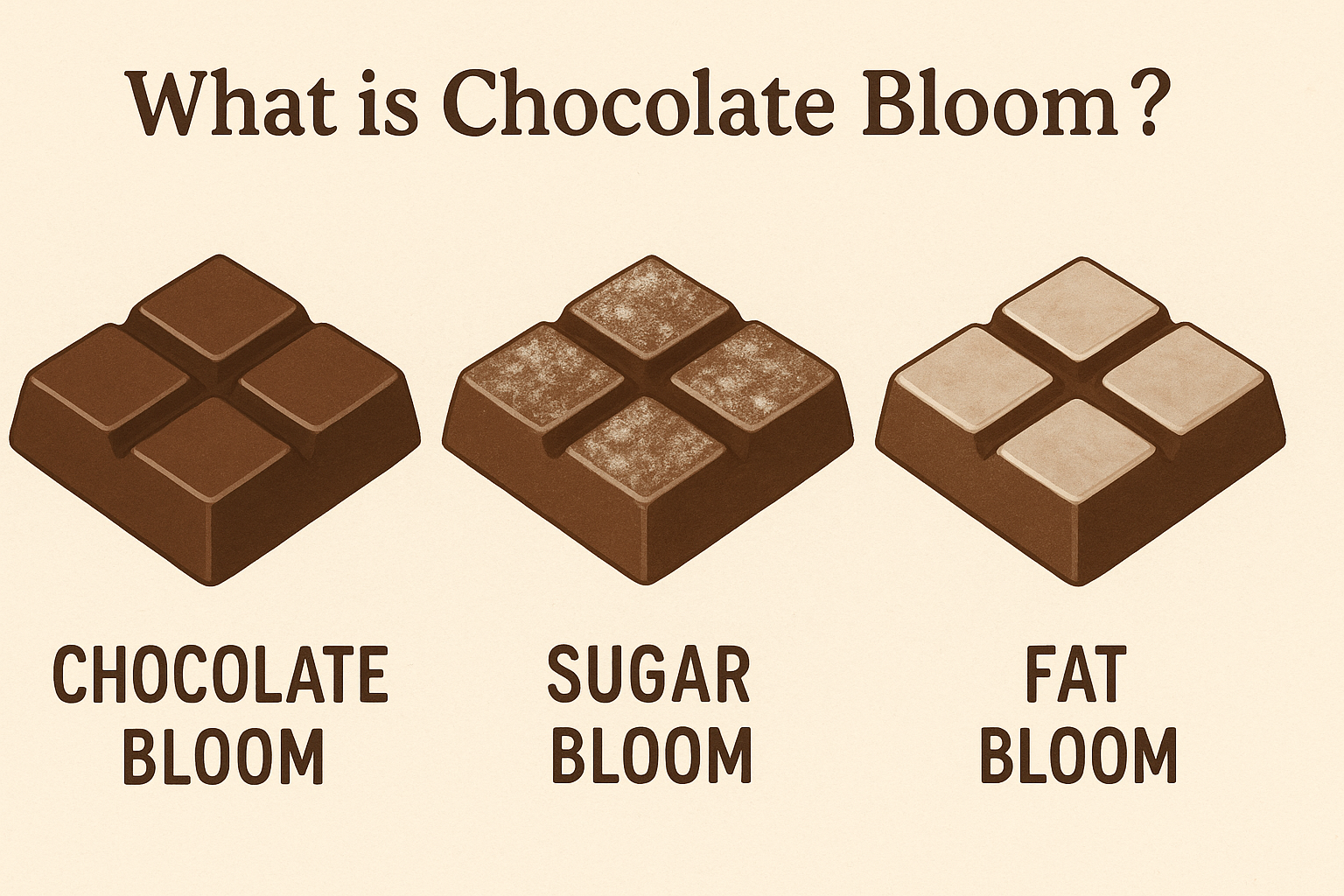























Leave a comment
All comments are moderated before being published.
This site is protected by hCaptcha and the hCaptcha Privacy Policy and Terms of Service apply.